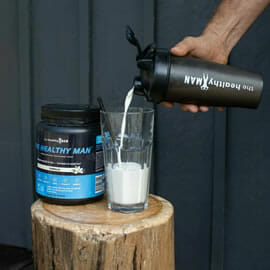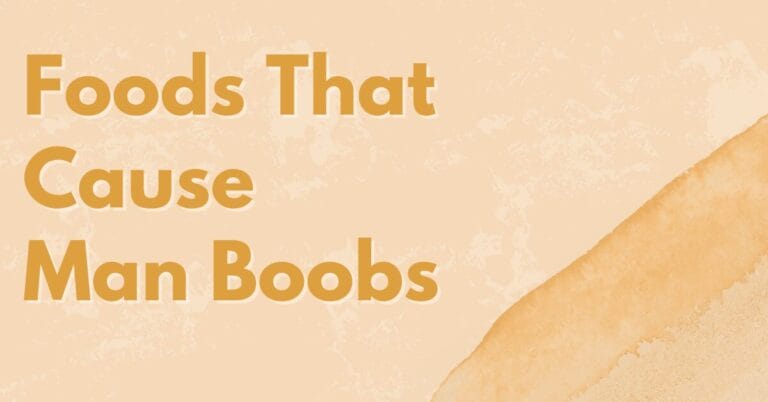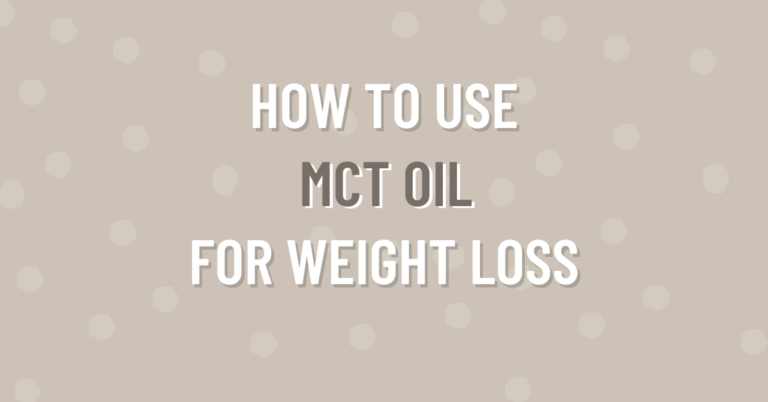A Complete Guide to Losing Belly Fat for Men
Belly fat. It’s a common area of concern for many blokes trying to shift weight. The reality is, you can’t spot reduce weight from anywhere on your body, including your belly. No matter how many sit-ups or specific exercises you do that are aimed at your midsection. Instead, you need to look at the bigger picture and take a balanced approach by improving some lifestyle and health choices. Understanding calories, body types, and the role of exercise will help you set realistic goals to lose weight overall, including your stomach area. In this guide, we will discuss how to lose belly fat and the risks involved for men being overweight, the foods and exercises that can help to lose weight, calories and macronutrients, body type, and how your sleep can play a vital role in weight loss.
Let’s go through some of the concerns that may accompany being overweight and having belly fat.
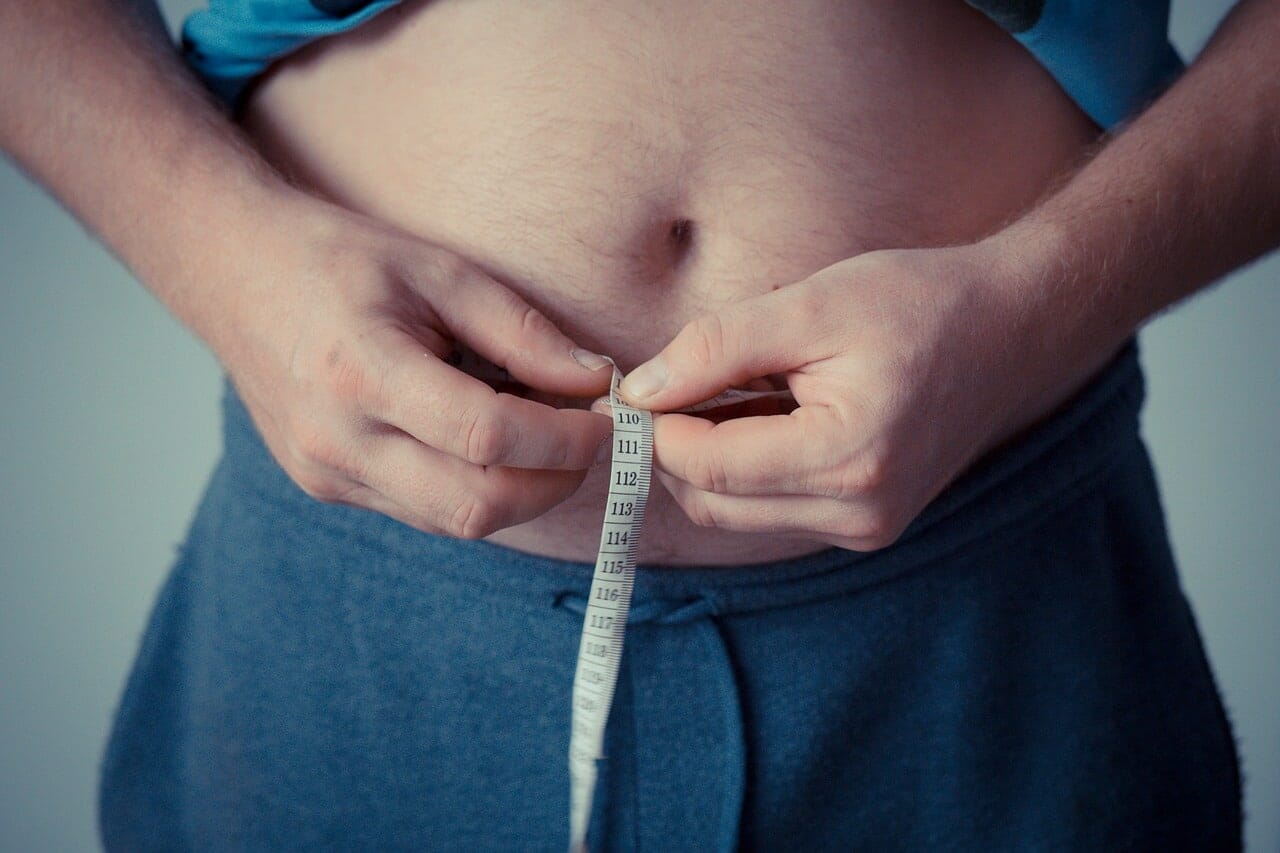
Excessive Belly Fat is a Risk
If your body fat is excessive to the point you fall under the category of being considered obese (25% and greater body fat), there are some health risks that can affect a person later in life. An obese person is more likely to develop an illness, several health symptoms and diseases if no steps are taken to reduce weight.
Diseases associated with obesity and excess belly fat
Research shows that extra fat around your belly can potentially lead to:
- cardiovascular disease
- stroke
- increased risk of developing insulin resistance
- type 2 diabetes
- high blood pressure.
- colorectal cancer
- sleep apnea
There are many steps that you can take to get on top of your weight loss goals and improve your overall health.
Set Realistic Goals
Before you embark on a weight loss plan, it’s good to define your goals. Initially, this could be to lose the first 5 kilos. Regardless of your goal make sure you set a sensible time span to get there. Setting realistic goals with an achievable time frame is more likely to keep you on track, accountable and able to reach your goal.
Track your Progress
At the beginning of your journey, make sure you weigh yourself, take regular progress photos and body measurements. That way you’ll able to keep track of your weight loss which can act as a huge motivator as the weight or cm’s starts to come off.
Continue to jump on the scales and take measurements every two weeks or once a month. Write it down in a journal or fitness app to help keep you on track.
Tracking your measurements and taking progress photos as well as jumping on the scales allows for you to see that even when the scales aren’t moving your body is changing.
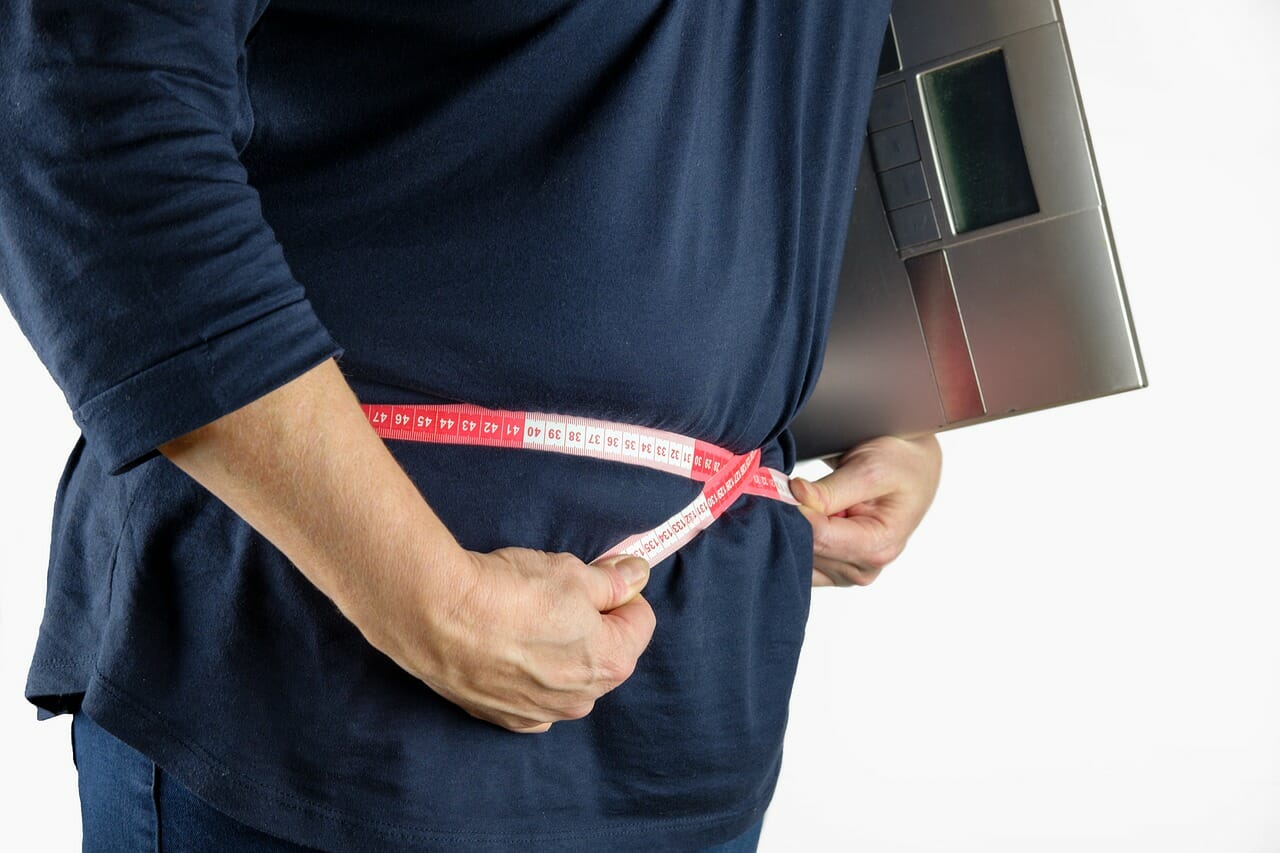
We also highly recommend incorporating meal replacement shakes for weight loss!
Determining Your Body Type
When attempting to lose weight and specifically fat, knowing your body type is important as it impacts how you store fat and therefore the best ways to help you lose it. It impacts both your eating routine and workouts or training. Distinctive body types will require shifting degrees of calories, macronutrients, and workout volumes and durations.
Body Types
Endomorph
The endomorph body type has a soft roundness to different parts of the body, particularly the midsection. The internal organs are bigger compared to the overall size. This body type has rather short arms and legs with bigger upper arms and thighs, however slim wrists and lower legs.
Ectomorph
An ectomorph is a thin person. Ecto’s have a light form with little joints and slender muscle. Shoulders will in general be slight with little width. Ectomorphs have a small bone structure, small shoulder, tiny waist, fast metabolism and tend to find it harder to put on weight.
Mesomorph
A mesomorph has a bigger bone design, big muscles, and an athletic build. Mesomorphs are the best body type for working out. They usually find it easier to get in shape, are normally solid which is the ideal stage for building muscle and have naturally athletic and muscular shape and find it easier to put on weight and to lose it.
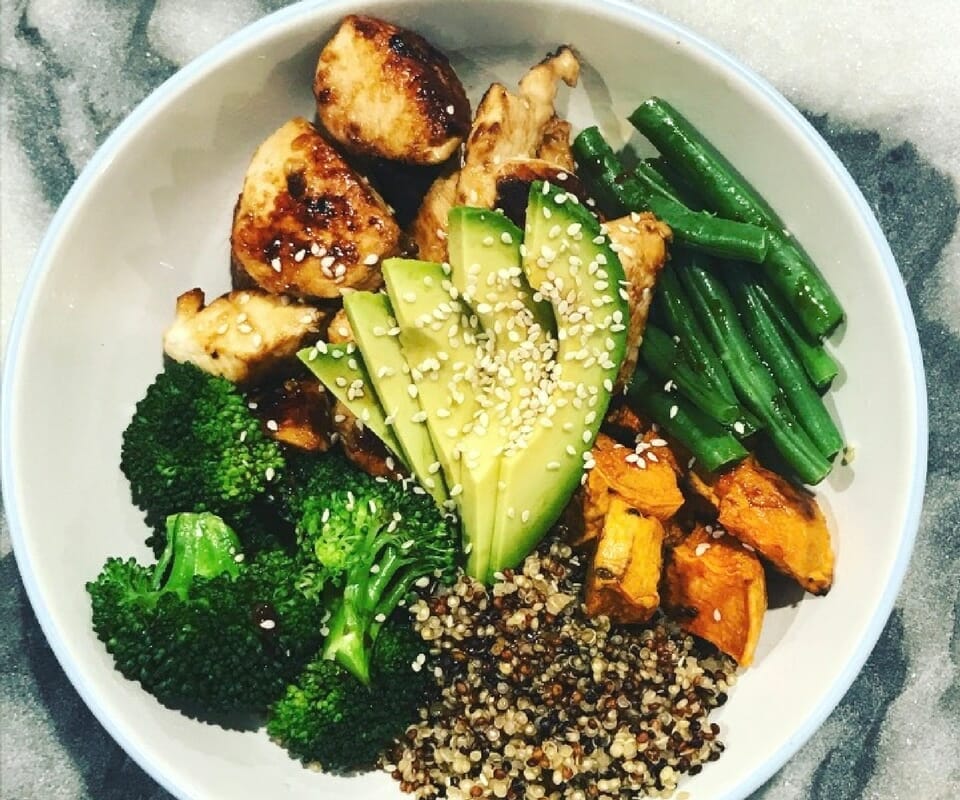
What are Calories and Macronutrients
Calories are what is used to measure the energy your body can produce from any item of food. Your body uses a specific number of calories as energy daily. Hence, if you consume calories above your daily maintenance calories, you’ll start to put on weight as the extra calories are stored as fat. If you consume fewer calories than your maintenance calories, the body starts to drop weight and this is how one can focus on reducing overall body fat and belly fat.
What are Macronutrients?
There are 3 types of macronutrients:
- Protein: 1 gram of protein = 4 calories
- Carbohydrate: 1 gram of carbohydrate = 4 calories
- Fat: 1 gram of fat = 9 calories
Protein
Proteins are made up of amino acids and function as hormones, enzymes, and an antibody in the immune system. They make up parts of bodily structures like connective tissues, skin, hair, and muscle fibres.
Fat
Healthy fats are extremely important in your daily eating routine. They play a vital role in the proper functioning of the body. Even if you’re on a fat loss diet, you should never skip healthy fats. For men, dietary fats are also proven to increase testosterone levels in the body.
Carbohydrate
Carbohydrates are separated into sugars inside the body to create glucose. Glucose is an essential fuel source that fills the mind, muscle tissue, and organs. Glucose is changed over into glycogen and put away inside muscle tissue where it is held until it is fit to be utilised, for example, during a workout. Carbohydrates commonly referred to as carbs, are extremely important to consume before working out as it plays a large role while training and keeping the body fuelled and energised.
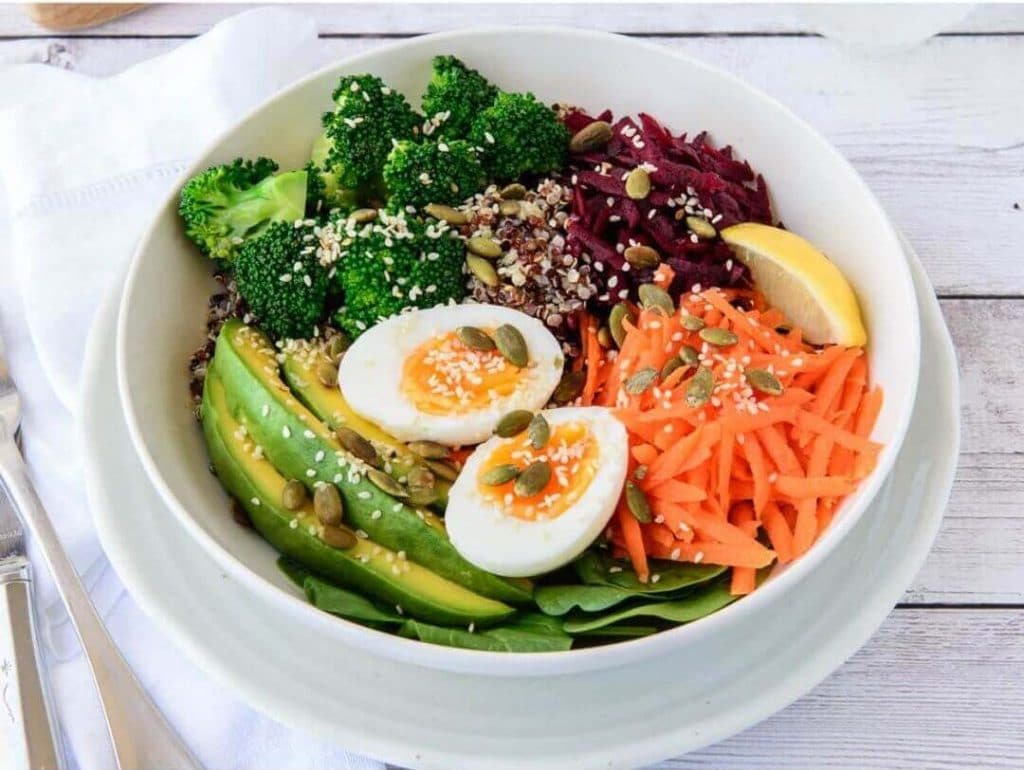
Top food choices for reducing belly fat and overall body fat
Now that you know how much protein, fat and carbohydrate that you need to be consuming on a daily basis to help you lose belly fat. Now you need to find out where you can source the protein, fat and carbs from, so what food sources can be good for you to reduce belly fat and overall body fat.
Protein
When you’re trying to reduce belly fat and overall body fat, a significant amount of protein intake is a must daily. Protein would help you maintain your lean muscle while focusing on reducing body fat and belly fat. The goal is to reduce fat but not to reduce your weight, as you don’t want to shrink muscle mass. You only focus on reducing fat in the body.
Some great sources of protein include:
- Chicken Breast
- Milk (skim or low fat)
- Cheese (low fat)
- Turkey Breast
- Lean Beef
- Cottage Cheese
- Egg Whites
- Greek Yogurt
- Fish Salmon
- Beans
- Whey Protein
- Casein Protein
If you’re unable to satisfy your daily protein requirement through food sources like the above there is always an option of adding a supplement into your diet. Supplements are always an easy way when you have a busy schedule. For protein, all you need to do is mix a scoop of protein powder with water or milk or adding it to The Healthy Man Meal Replacement. But protein powder is just a substitute if you’re able to get the recommended amount of protein through your daily food intake rather than a supplement that is preferred and then the supplement is not required.
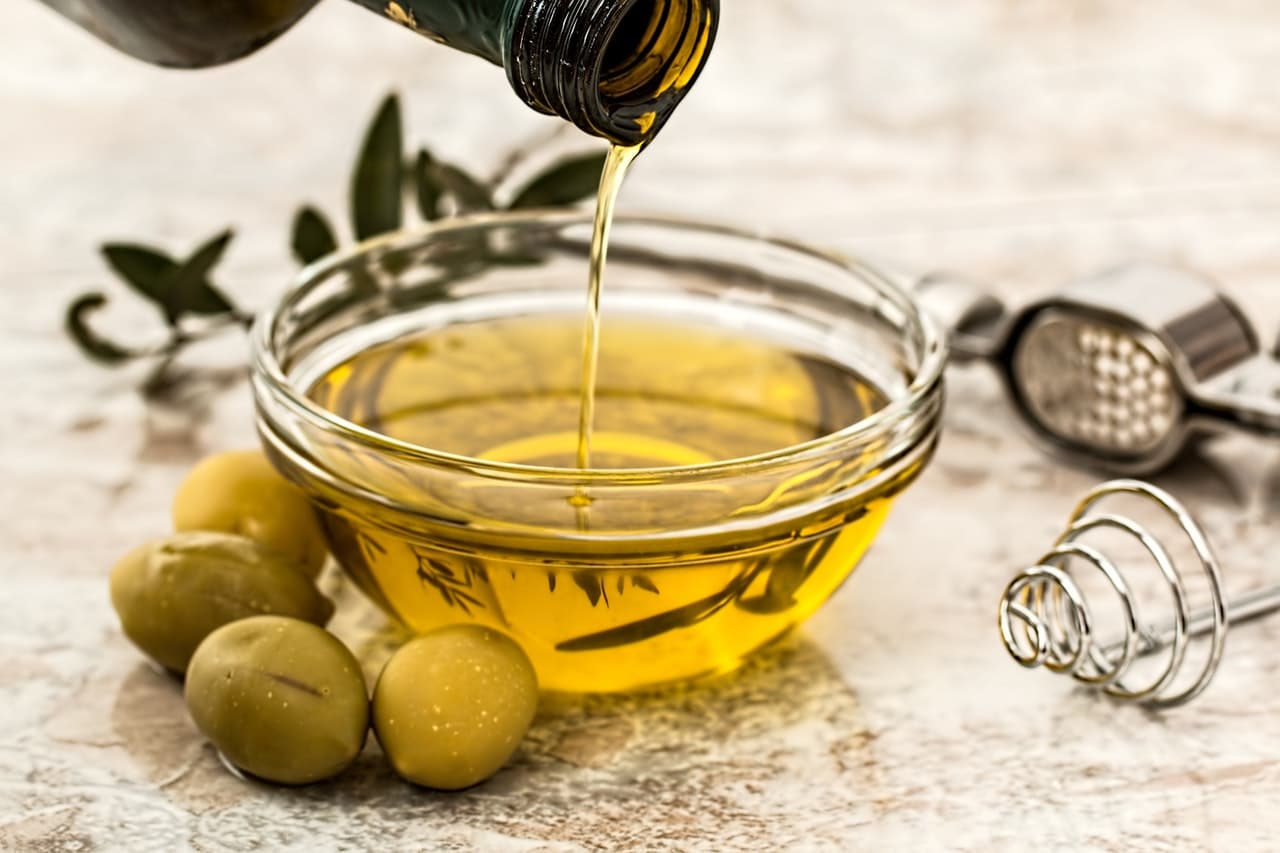
Healthy Fat
Healthy fat sources are really important when looking to lose belly fat or any fat for that matter. You should focus on eating more unsaturated fats. The body cannot produce some of these fatty acids so they have to be consumed through your diet.
Some healthy fat options are:
- Olive Oil
- Virgin Oil
- Coconut Oil
- Fat Yogurt
- Flax Seeds
- Almonds
- Walnuts
- Cheese
- Avocados
- Dark Chocolate
- Peanut Butter
- Fatty Fish (salmon)
- Egg Yolk
There are many options that you can choose from and start incorporating into your diet. It has been shown that saturated fats also have a role in your body and the problem only arises when consumed in excessive amounts. However, when it comes to trans fats they have no role in the body and therefore should be avoided at any cost.
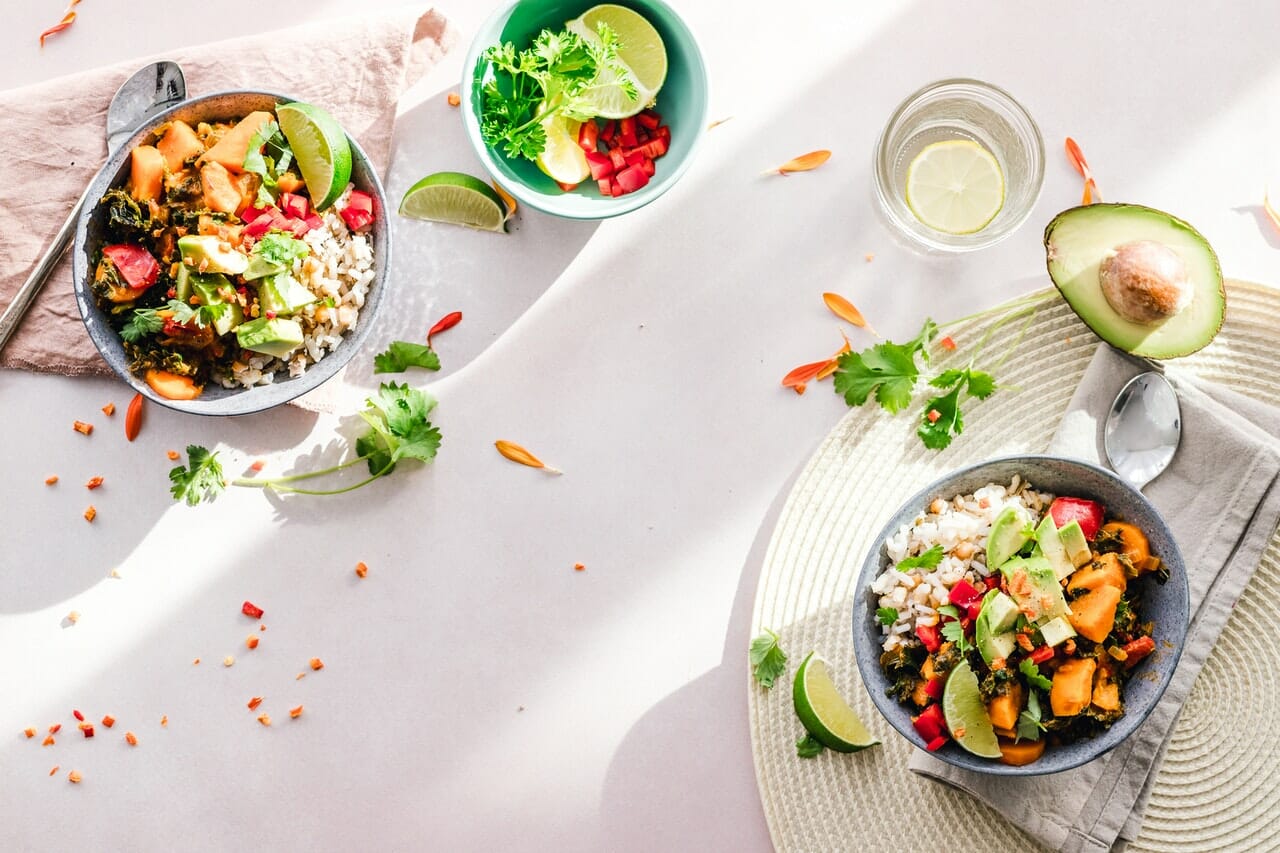
Carbohydrates
Carbohydrates are indeed a good thing when you’re trying to trim down your body fat and belly fat. They’re important to help keep you active and consistent throughout the day. A breakfast including sufficient carbs can keep you fuller for longer which prevents unnecessary snacking and give you enough energy for daily tasks. There are two types of carbs, complex carbs and refined carbs. Refined carbs tend to cause a quick spike in your blood sugar levels. Complex carbs work slower and cause a more gradually spike in blood sugar levels. You should focus on complex carbs when adding them to your weight loss meal plan or diet to lose belly fat.
Here are some carbohydrate food choices that you can add to your diet:
- Sweet potatoes
- Brown Rice
- Oatmeal
- Vegetables
- Beans
- Brown Bread
- Barley
- Corn
- Fruits
All of the above-mentioned vegetables and fruits are great sources of carbs that can help with losing belly fat and overall fat. Oatmeal can be great for breakfast and can keep you fuller for a longer period of time. Sweet potatoes can be a great snack choice to help maintain that fullness throughout the day and give you the energy to sustain yourself.
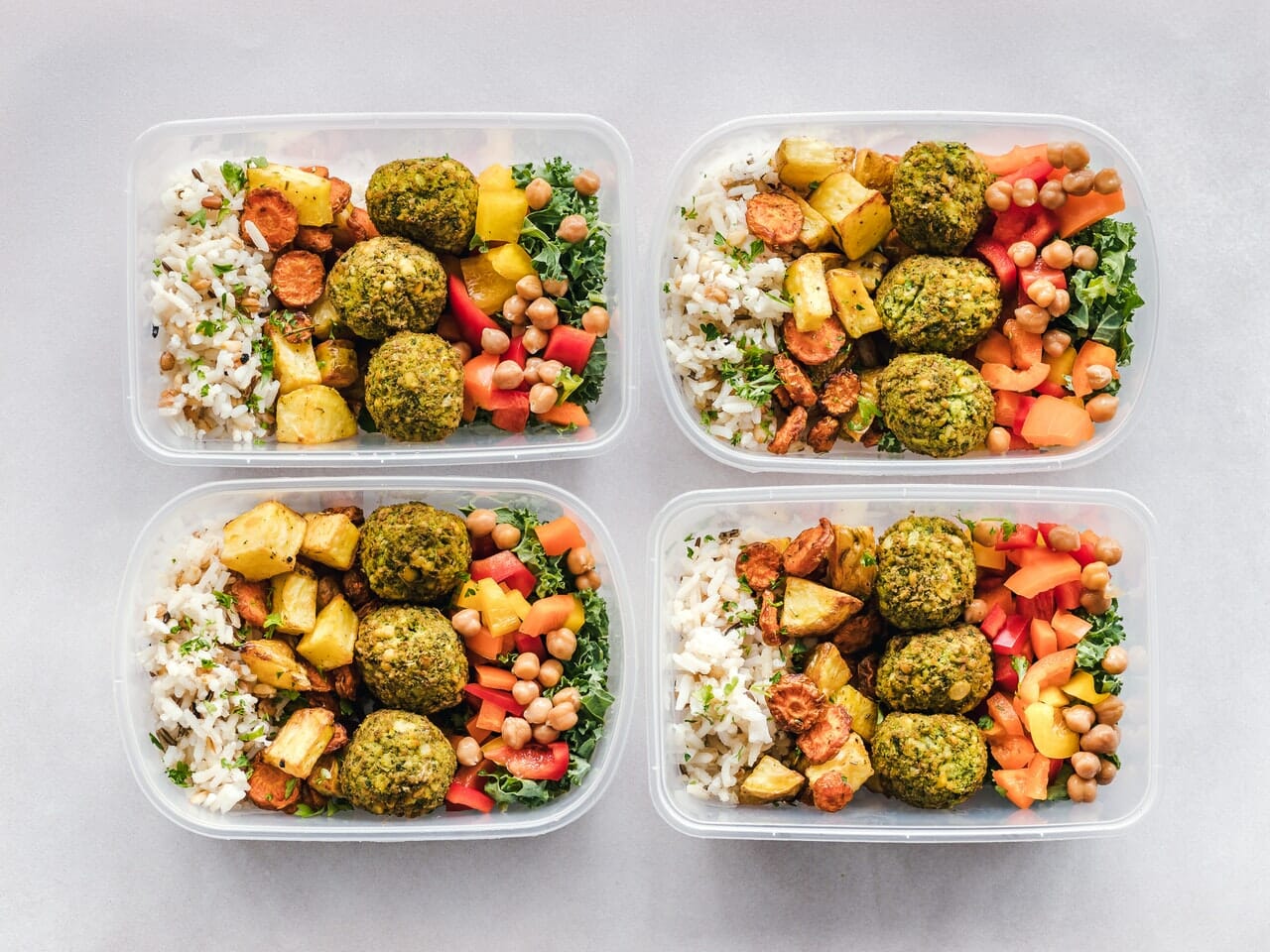
When should you be eating to help you lose belly fat?
Timing your eating can be crucial when it comes to losing belly fat because it will help your body process the food correctly and also fuel your needs well.
Breakfast is Important
Breakfast should be considered the most important meal of the day and it should be a healthy and balanced meal consisting of protein, good fat and carbs. It’s your first meal of the day and you need that energy to fuel your body to keep going throughout the day. So yes, if you’ve got a goal to lose weight and lose belly fat with a healthy eating plan then never skip breakfast. As your body needs those important nutrients first thing in the morning. A healthy start to the day can even lift your mood up and can make you handle your daily task with much ease.lose belly fat
Pre-workout Meal
Eating a pre-workout meal approximately 1.5 to 3 hours before a workout session should be part of your weight loss plan. This would fuel up your body and give you enough energy to sustain your workout well without feeling fatigued or drained mid-session. Your pre-workout meal should consist of protein and carbs so that they can then convert into your bloodstream by the time you’re about to perform the workout. The glucose in the bloodstream would be used as energy for you to keep your workout performance to the maximum.
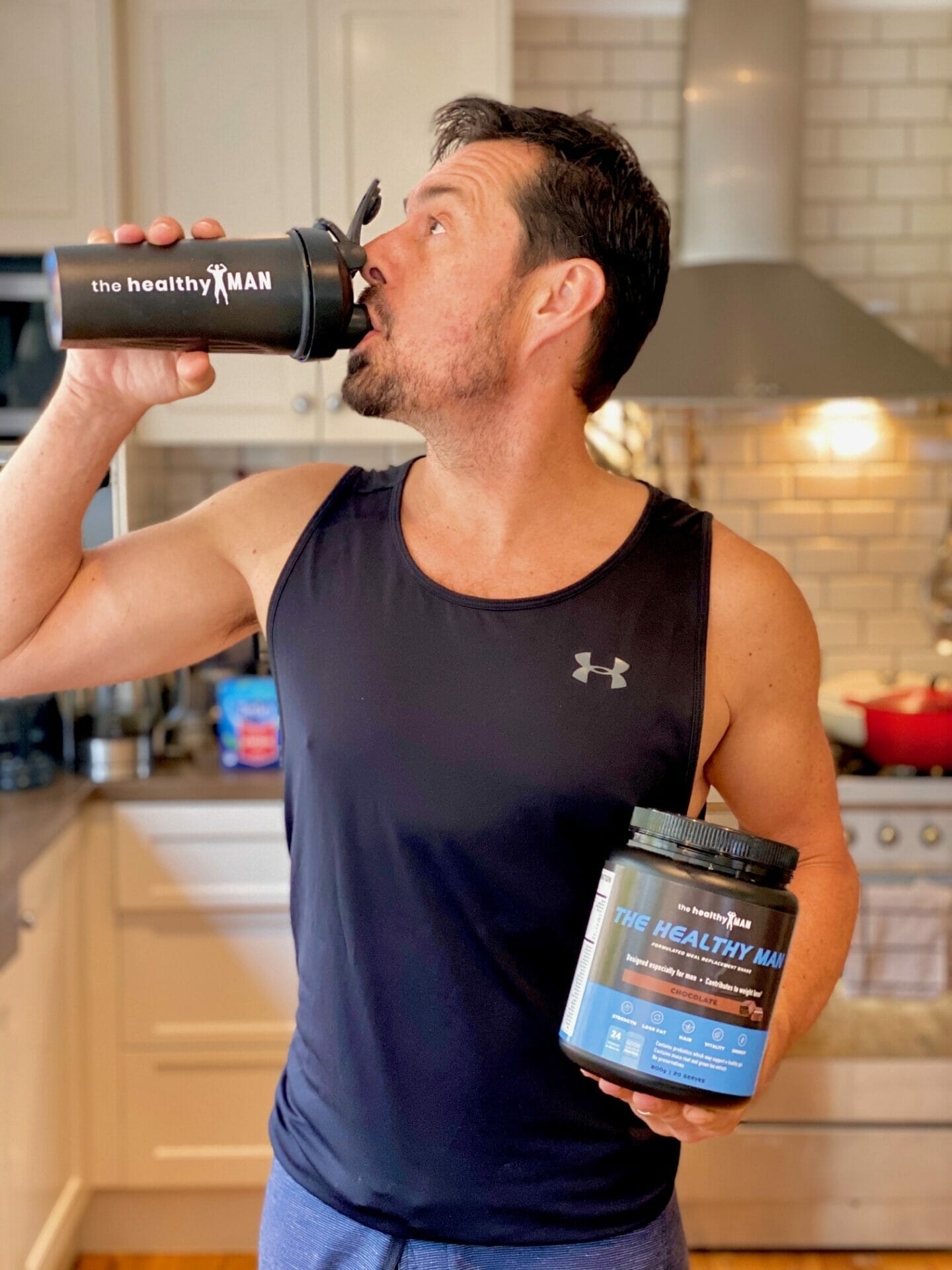
Post-workout Meal
After a good workout session, some of your muscle proteins get torn and damaged, so it’s important to get a rapid quick protein hit right after your workout you can do this by consuming a protein shake. The body tries to repair those muscle proteins so the food choices can be extremely important after a workout. Taking a scoop of protein and putting it into a shake can be a fast-digesting way to get that protein and can help your body immediately start the repairing process. You shouldn’t only rely on a post-workout protein shake you should also look at consuming a post-workout meal, 1-2 hours after a workout, consisting of protein, and carbs. Pair it with our meal replacement shakes for weight loss s
A healthy option would be chicken breast with sweet potatoes. Chicken breast satisfies your protein intake and sweet potatoes are healthy carbs. Healthy carbs after training would also help in the recovery process. Moreover, many people think that consuming fat after working out would slow down the healing process of the body which is true to some extent but won’t reduce the benefits of having some fat. As an example, it has been shown that consuming whole milk after working out was more effective in muscle growth than consuming skim milk.
Before Sleeping
It has been shown that for men while sleeping the body releases testosterone and muscle growth hormones. Adding protein intake before bed is extremely important. For this time, a slow-digesting protein is the best option to keep supplying amino acids to the body while you’re asleep. Casein protein and cottage cheese can be great options here. Moreover, healthy fats also take time to digest. Therefore, adding some fats before sleeping can be great as well like almonds is a good idea.
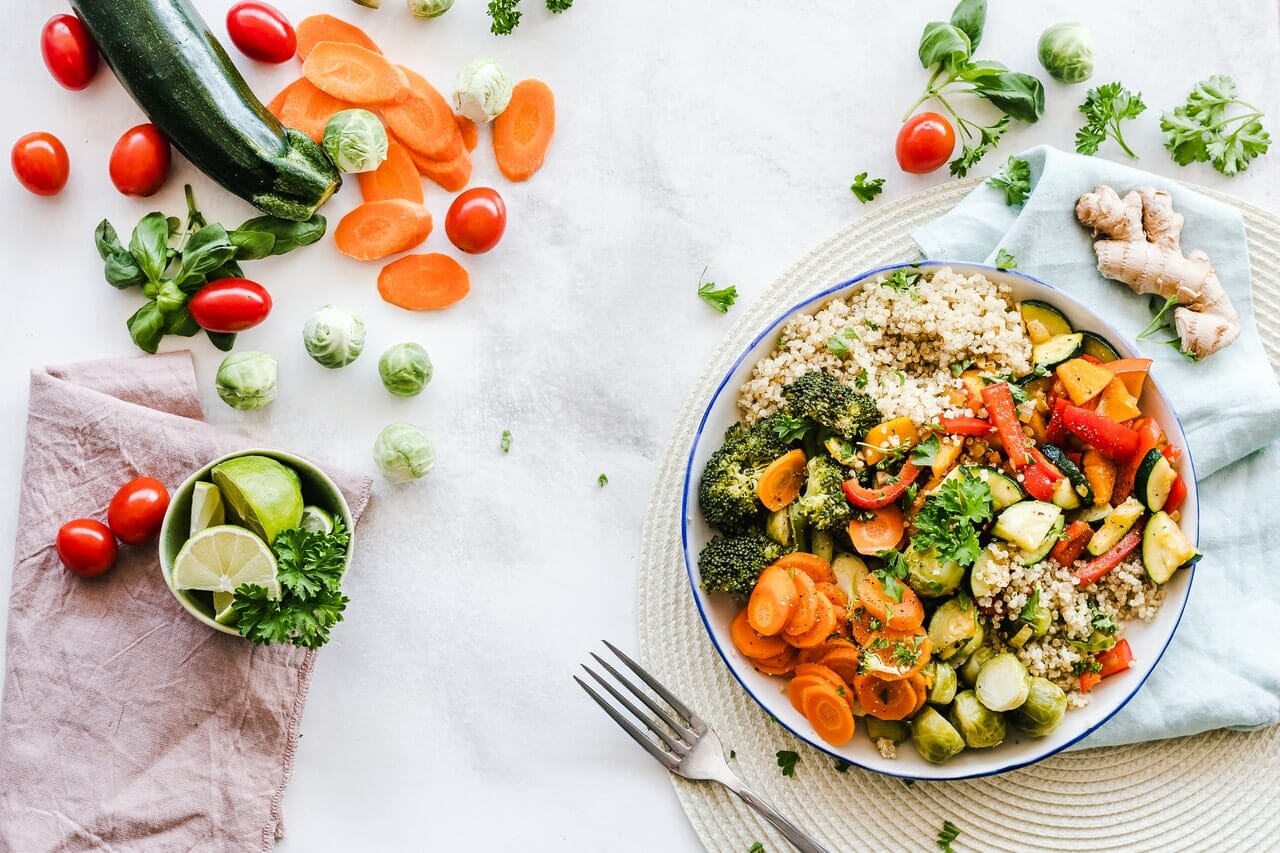
How to know how much protein, fat and carbs you should add to each meal to lose belly fat
When it comes to working out your calorie or macronutrient intake when you’re trying to lose belly fat or any weight loss you need to do some calculations. These calculations will be based on your current weight, the weight you want to achieve, your height, age, any other health issues, activity level and other factors, this means it’s not something we can help you with.
There are however some generally accepted macronutrient breakdowns that are known to help with weight loss, but as we said these are general numbers and you should work out what you need specifically to achieve your goals.
Your daily calorie intake, which you need to work out to help you lose weight, can generally be broken down to:
- 45 – 65% of your calories from carbs
- 20 – 35% of your calories from fats
- 15 – 25% of your calories from proteins
Reference: Dietitians Australia
Using supplements to help supplement your intake
Whey protein can be a great choice to satisfy your daily protein intake easily. As it does not require much effort all you need to do is take a scoop and mix it with water or milk however you prefer. It would help to boost your metabolism which further helps in reducing belly fat. Protein would also help maintain your lean muscle. Whey protein can be a great plus with a healthy flexible
diet, and exercise.
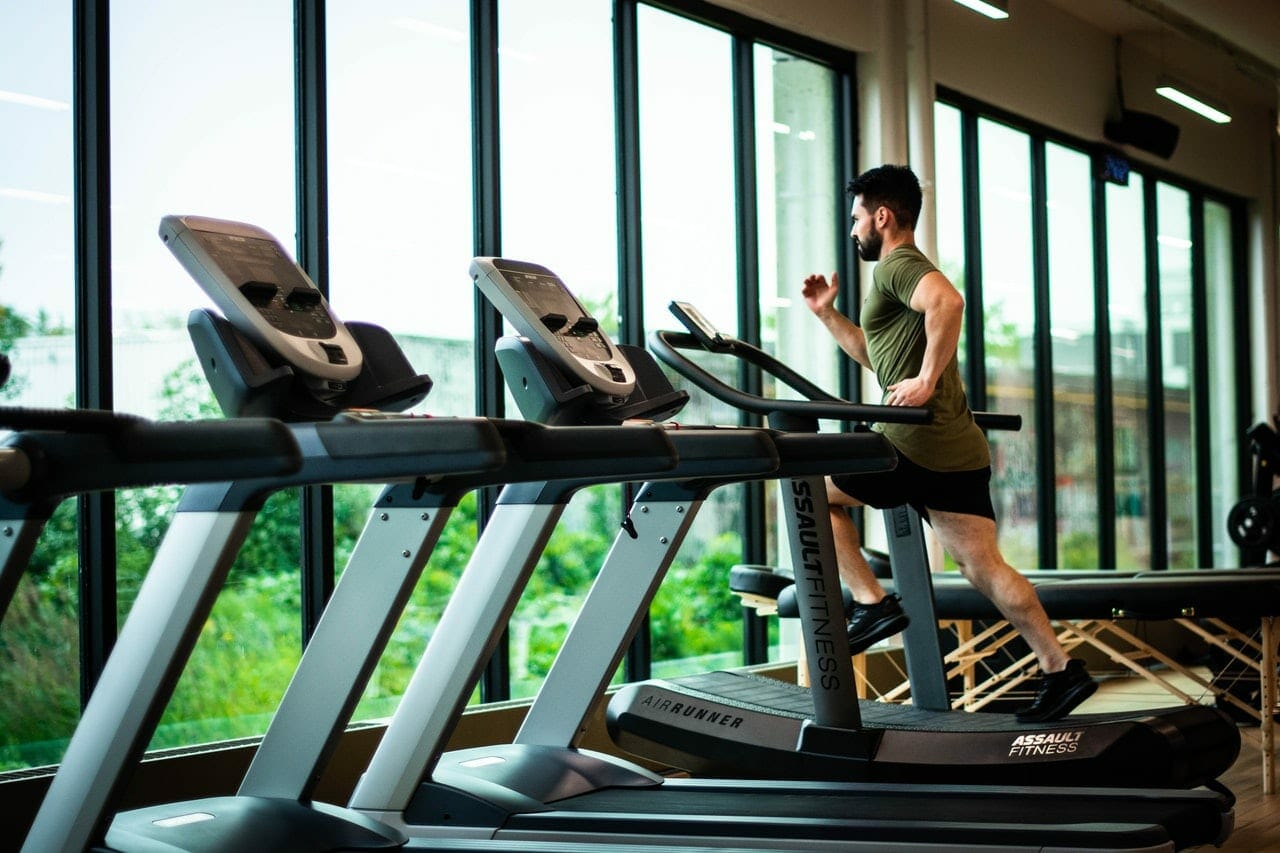
The importance of exercise in losing belly fat
Exercising is extremely important when trying to shred fat from the belly area and overall body fat. Regular exercise can lift your mood because the body releases chemicals called endorphins, which make you feel energetic, happy and also reduces your stress. When you add exercise to your daily routine it also helps you to boost your confidence and makes you sleep better. Exercise is also proven to reduce blood pressure levels. But most importantly exercise will help you reduce your body fat percentage, reduce your belly fat and make you fit and healthy.
What are the best exercises to help reduce belly fat?
To be frank, spot fat reduction isn’t possible. You can’t target a specific area of your body to reduce the fat in that specific area. Basically, when you’re weight loss plan, you’ll be losing body fat from all over your body which will include belly fat. You can effectively train different muscle groups and alternating what muscle area you target on different days can be a good idea to reduce belly fat and increase lean muscle.
Cardio
You may have heard that cardio is the only way to get rid of belly fat, unfortunately, it’s not true. There are a lot of misconceptions and myths out there when it comes to how to lose belly fat. Although cardio is great for your cardiovascular health, fat loss and strength but you shouldn’t completely rely on cardio when focusing on reducing belly fat. Adding cardio 4-5 days a week can be a great idea but it totally depends on your other training routine and also on your overall activity level.
High-Intensity Interval Training (HIIT)
This is what we call the boss for fat loss. Adding high-intensity interval training or HIIT 4-5 days a week can be a huge plus for reaching your weight loss goal. Exercises like burpees, lunges, squats, jumping jacks can be great calorie burners and when performed in a correct manner with little rest time in between each it can be a challenging workout with high rewards.
If you’re an active person who’s been working out or keeping active for quite a while you can easily do HIIT workouts 4 times a week for 30-45 mins. If you’re just starting building up your exercise routine you should take it slow by doing HIIT 2 days a week and add cardio like jogging, running, brisk walk etc. Then you’ll slowly and gradually improve with time and you can then increase the workout duration as you build more strength, stamina and endurance.
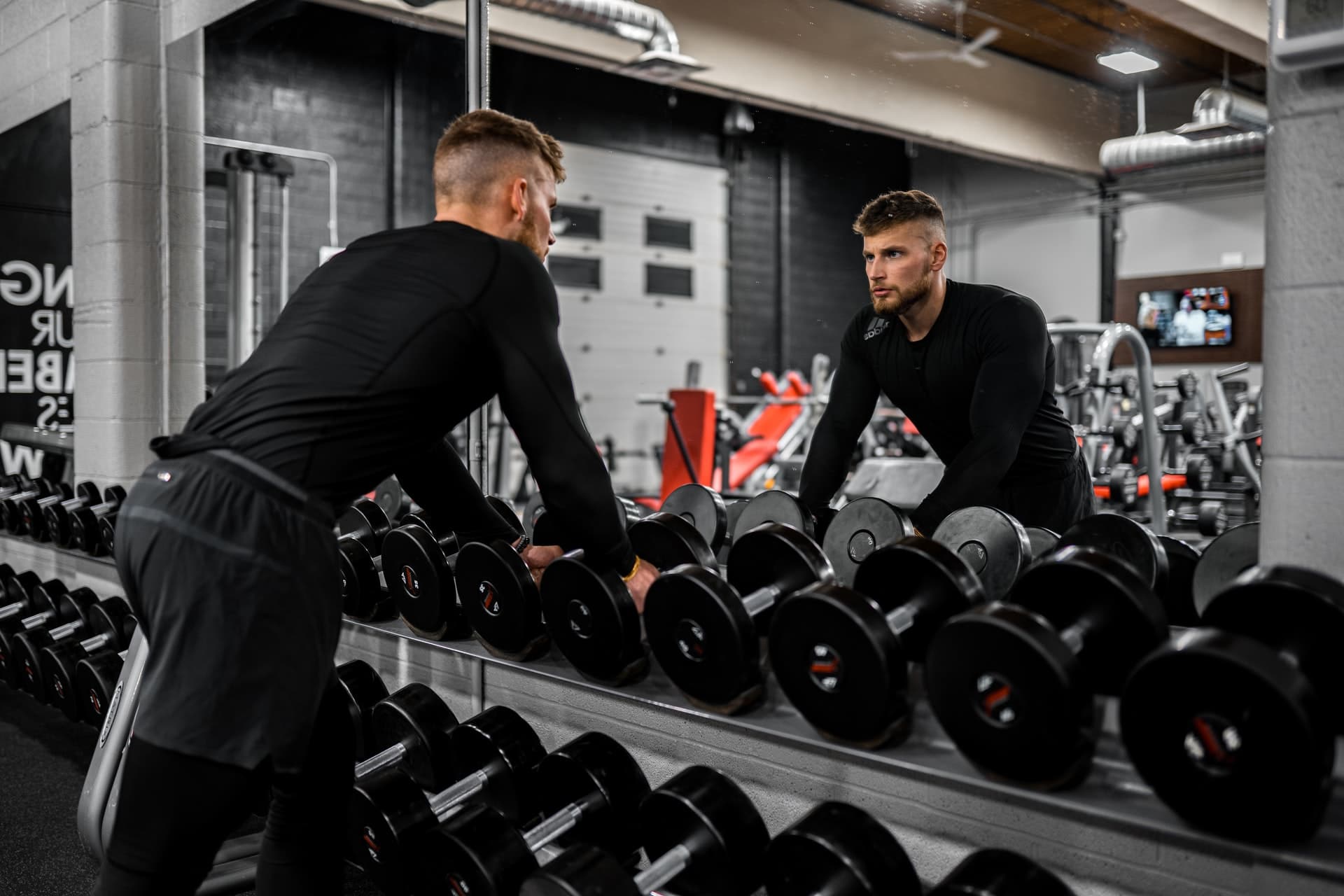
Weight Training
Many people think that weight training is only meant to help you get muscle mass, is only for hardcore athletes and people who want to reduce weight just need cardio. This is a huge misconception about weight training. Weight training is crucial when you’re trying to reduce belly fat and overall body fat. The strength training involved in weight training would help you to continue to burn calories after your workout is complete and even when you’re asleep. Strength training is also great for boosting your metabolism which further helps in weight loss. Exercises like deadlifts, weighted squats, leg press and barbell shoulder presses are great exercises to build up strength and maximise fat loss.
Ab Workout
Walk into a gym and you’ll see people working on their abs only. If you have a little talk with them, what you’ll find out is that their goal is to get something like six-pack abs rather than a broader goal of weight loss or general muscle mass increase. Unfortunately, if you do only a workout on your abs for an hour you’ll end up draining yourself and may not see massive results. No doubt, you’re doing ab training but doing only these sorts of workouts is not the way to get abs. If you want to see your abs visible and prominent, you would need to reduce your overall body fat as well as reducing the fat that’s covering your abs and the only way to do this is by combining a proper diet, cardio and weight training.

How to schedule a workout into your routine?
For Beginners or low active people: You should start it slow by adding 2-3 high-intensity workout sessions per week for 30 mins followed by cardio. Weight training can be added 1-2 days per week.
For Moderately active people: You should focus on 3-4 high-intensity workout sessions per week for about 45 mins, followed by 30 mins cardio. Weight training 3 days a week keeping in mind that you need to train each muscle group. You can either train legs with shoulders, or arms with back, or chest with arms, or simply push exercises one day and pull exercises the next day. Push exercises can include chest press, while pull exercises can include lateral pulldowns. Ab training can be done at the end for 10 mins 2 days a week.
For Advanced Lifters or more active people: You should complete a high-intensity workout 5 days a week for 45 mins followed by weight training each muscle separately with heavyweights for an assigned duration and number of reps. Ab training should be 3-4 days a week to strengthen the core. Cardio sessions should be 5 days a week for a minimum of 30 mins jogging with sprints.
Now that you fully understand how you can reduce overall body fat and belly fat. Remember that as you make progress, you’ll need to readjust your diet and training techniques as you drop weight which means the maintenance calories and deficit calories would need to be changed. Good luck on your journey and it’s time to kick start that weight loss and lose your beer belly.
Boost your weight loss
This the perfect low-calorie meal replacement for busy blokes wanting to boost weight loss and improve overall health. It’s full of whey and soy protein which means it’ll leave you feeling full and satisfied and keep you going till your next meal.
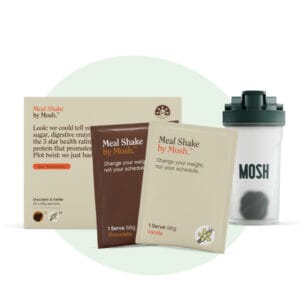
If you want to shift some kilo’s, look no further than The Healthy Man’s Meal Replacement!
The Healthy Man Meal Replacement will:
- Enhance fat-burning ability
- Improve gut health
- Reduce beer belly
- Increase stamina
- Increase muscle strength
- Increase energy, vitality and overall health
